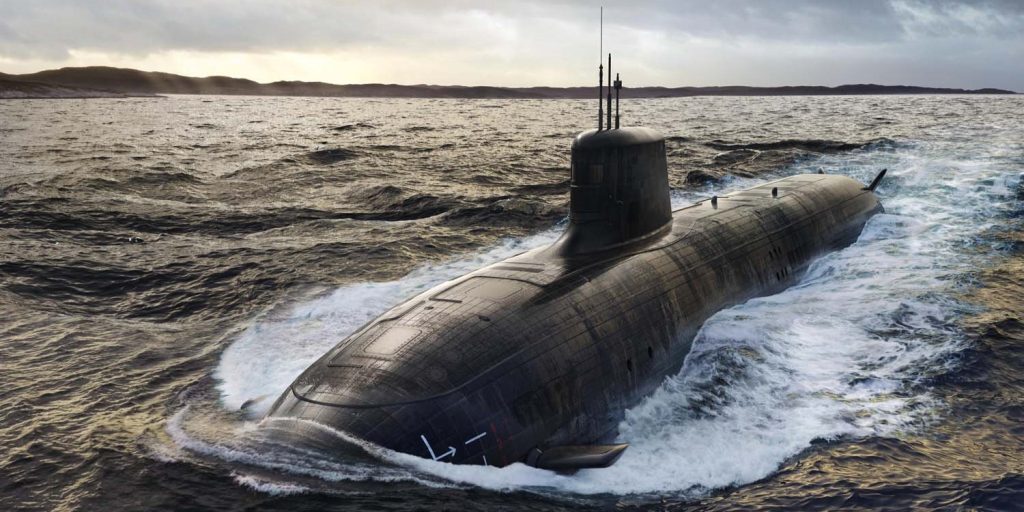China’s newest nuclear submarine reportedly sank at a shipyard near Wuhan earlier this year.
Others are reading now
China’s latest Zhou-class nuclear submarine reportedly sank at a shipyard near Wuhan between late May and early June, sources told The Wall Street Journal, Reuters, and AP.
The submarine was being outfitted at a pier on the Yangtze River before its scheduled deployment to sea, according to the sources.
Although there is no official confirmation of the cause of the incident, satellite images from Planet Labs show cranes arriving at the site in early July, suggesting recovery efforts were underway.
There have been no confirmed casualties, and it’s unclear if the submarine was carrying nuclear fuel at the time of the sinking.
Also read
Despite the severity of the incident, the People’s Liberation Army (PLA) navy allegedly tried to cover it up, according to the WSJ.
When asked for comment, a spokesperson for the Chinese embassy in the U.S. told Reuters they were “not familiar with the situation.”
U.S. officials raised concerns about the lack of transparency within the Chinese military.
A source from the U.S. Department of Defense told the WSJ, “This incident brings up serious questions about the quality of equipment and training, as well as deeper issues within China’s defense industry, which has long been troubled by corruption.”
A Growing Military Power
The sunken submarine was built by China State Shipbuilding Corp. at its Wuachang shipyard, part of China’s push to expand its navy.
As of 2022, China had six nuclear-powered ballistic missile submarines, six nuclear-powered attack submarines, and 48 diesel attack submarines, according to a Pentagon report.
The U.S. Department of Defense expects China to grow its submarine fleet to 65 by 2025 and 80 by 2035.
Despite this setback, China remains a dominant maritime force with the world’s largest navy, which includes more than 370 ships. Beijing continues to build the next generation of nuclear-powered submarines, increasing its strategic presence in the region.


